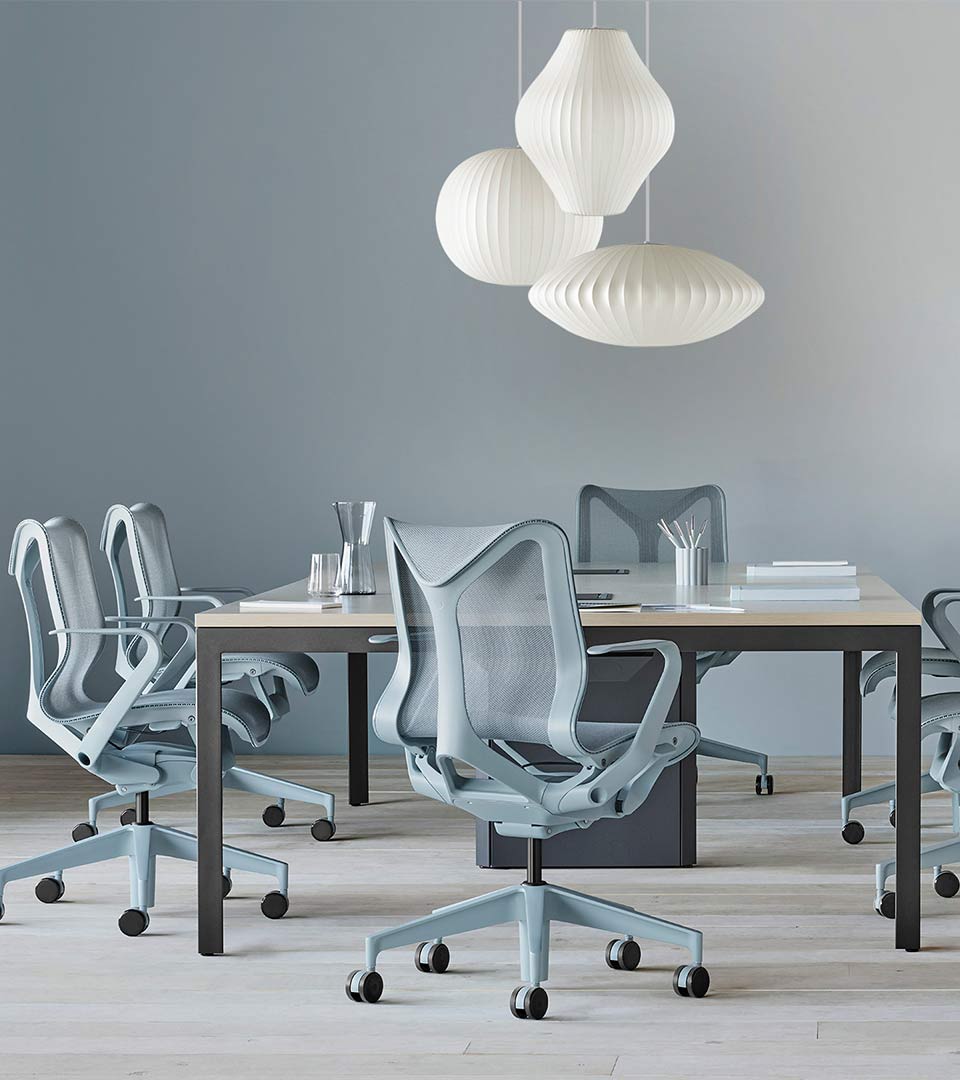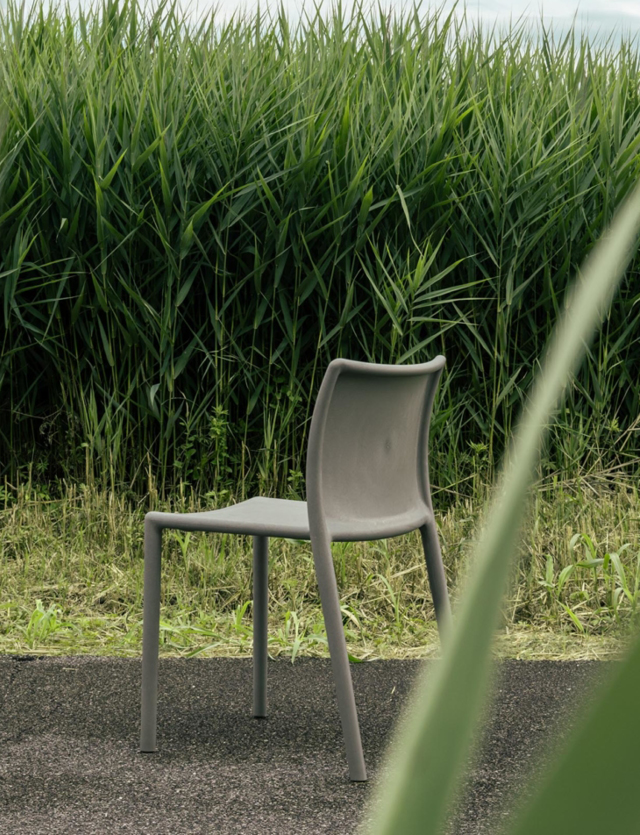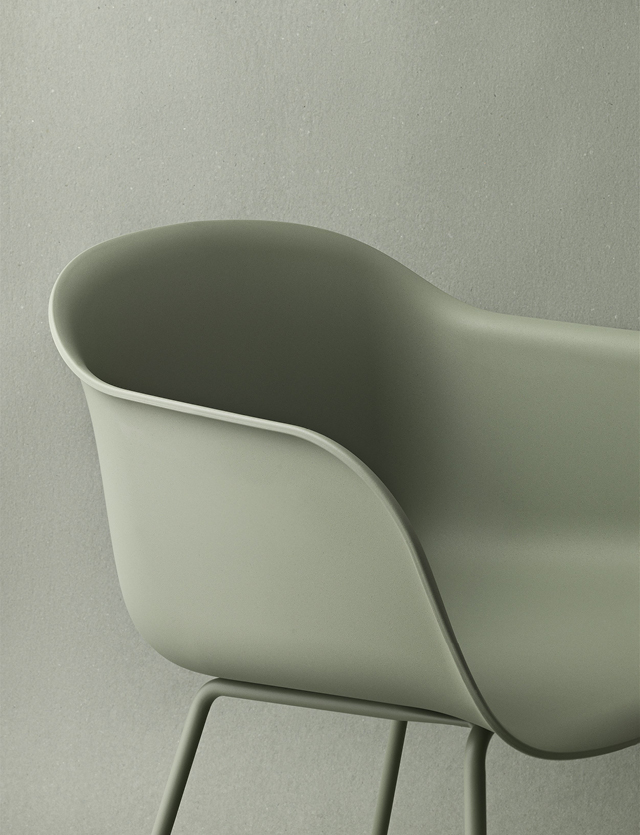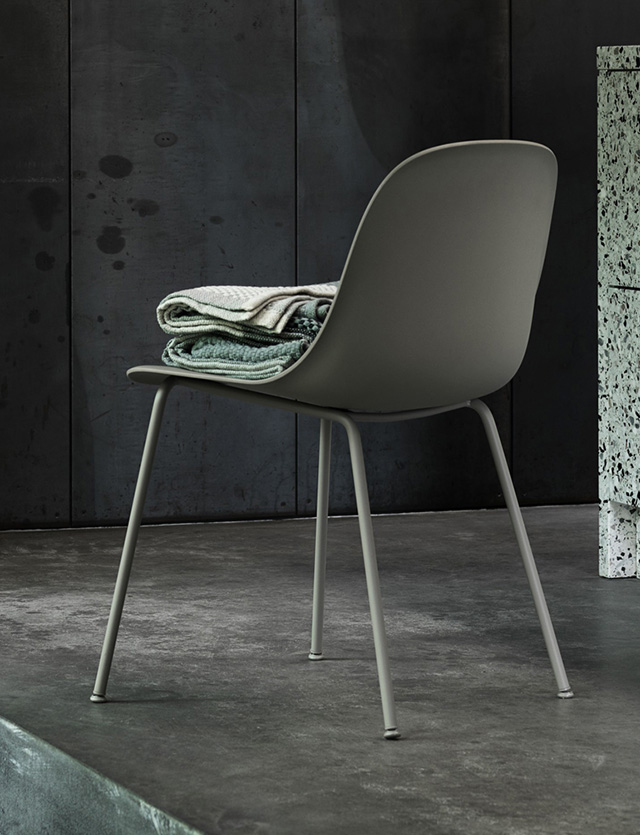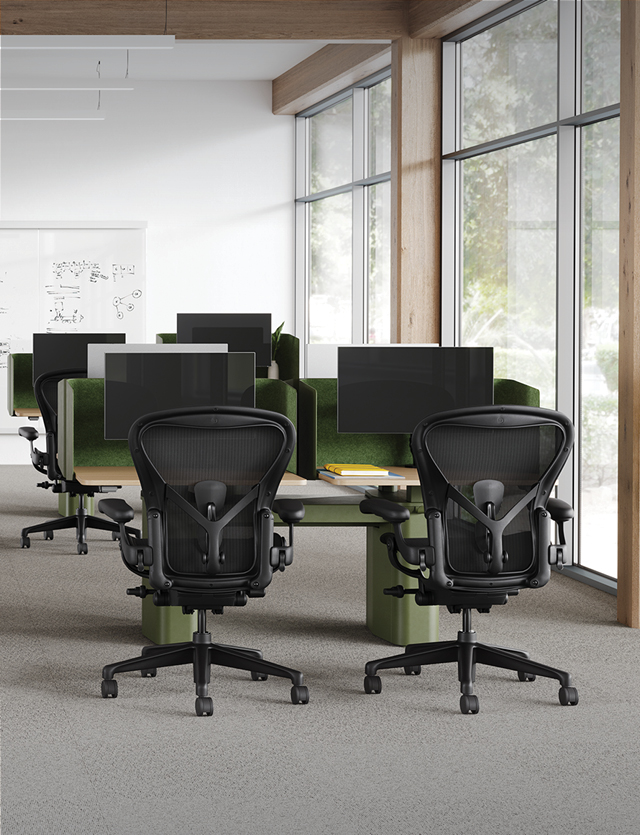The subscription economy and the concept of usership over ownership is disrupting market sectors from media to the automotive industry. The idea is a simple one, we don’t need to own products to extract value from them, we can simply use them.
To recap on our series; We have defined three areas of focus that we believe will help us build a more circular business, they are: products fit for circularity, circular models of usership and ownership, and circular end-of-life pathways. What’s more, we recognise that these three topics are interlinked, and that a circular business model relies on all three functioning together – circular products require circular end-of-life pathways to ensure they are successfully recovered, reused, and recycled – and so forth. In this portion of the series, we hope to dive deeper into Furniture-as-a-Service, and to discuss the opportunities and challenges presented.
A successful transition to a more circular economy will require us to rethink our understanding of the value and meaning of ownership.
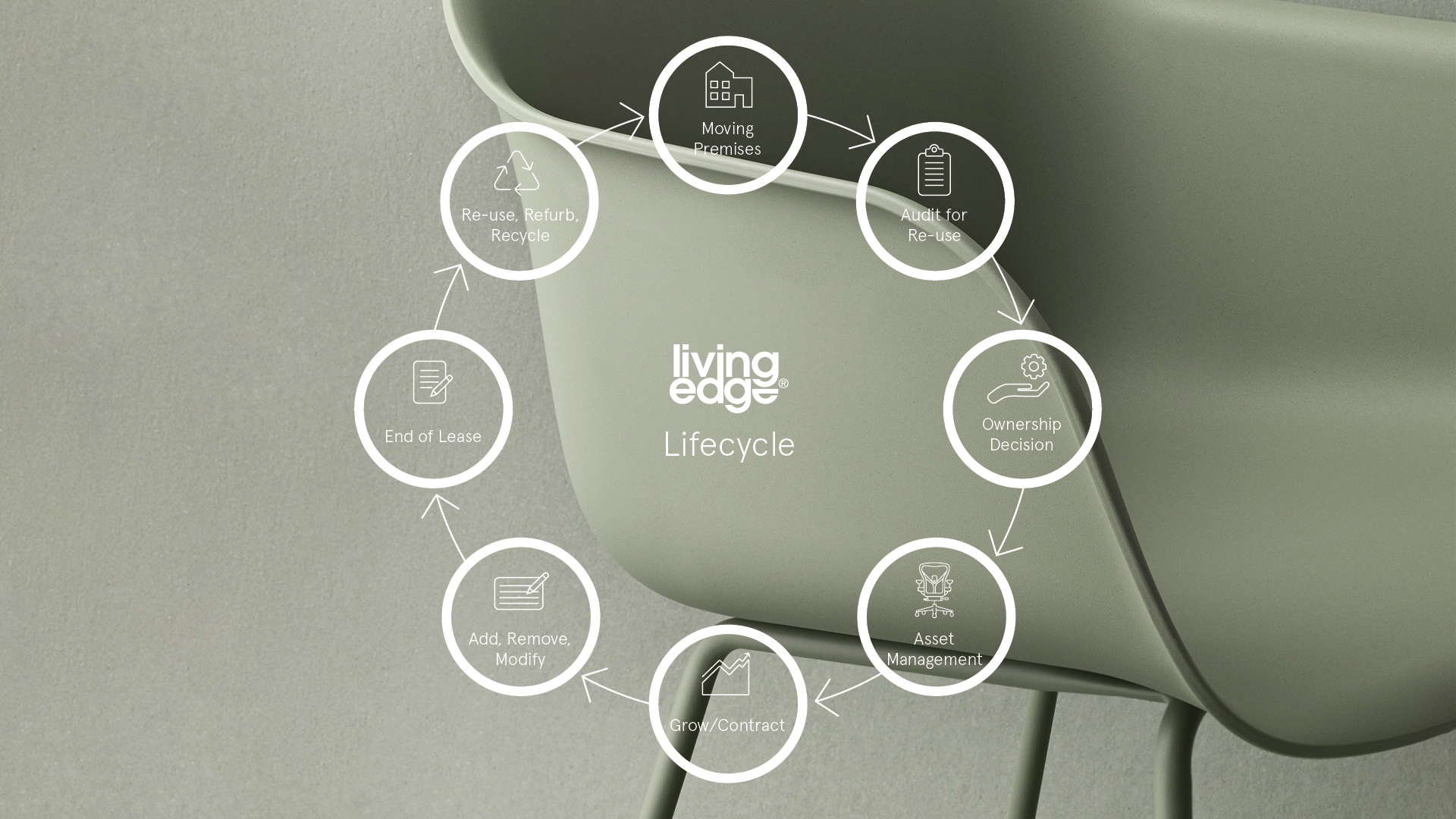
In today’s predominantly linear economy, we place great value in the idea of ownership, and as a result the responsibility – or stewardship – for products and materials is passed along the value chain from manufacturer to distributor and on to the end-consumer. This transfer of ownership places great responsibility on the end-user in terms of the environmental impact of the product while it is in use, and perhaps more importantly, what happens to the product when it reaches the end of its life.
This issue of lifecycle responsibility has been tackled with great success in many industries – from mobile phones to batteries and tyres – through Extended Producer Responsibility and Product Stewardship schemes. However, the fact that 35,000 tons of office furniture are sent to landfill every year in Australia suggests that urgent change is required in the commercial furniture and fit out industry.
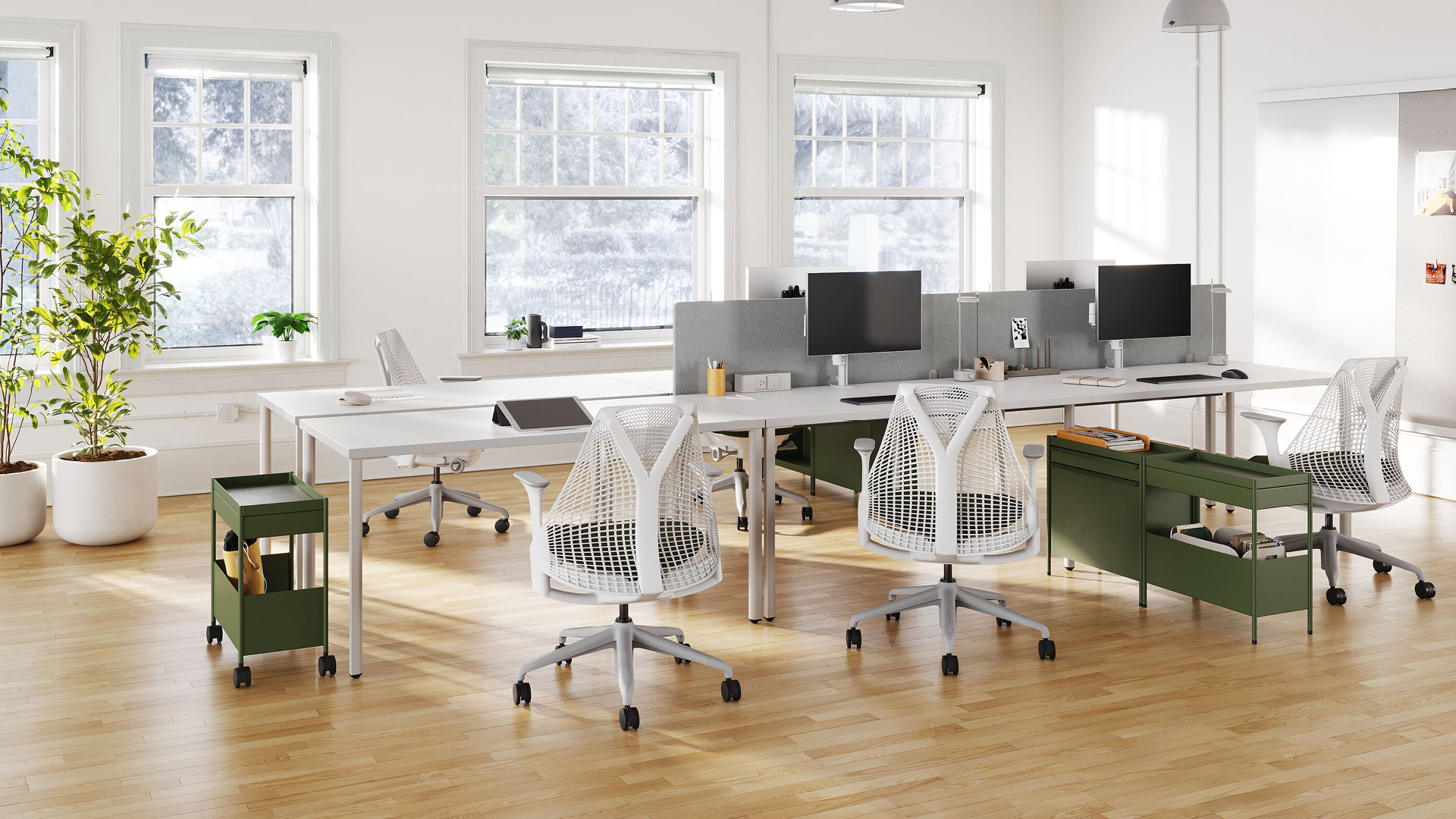
The subscription economy and the concept of usership over ownership is disrupting market sectors from media to the automotive industry. The idea is a simple one, we don’t need to own products to extract value from them, we can simply use them. This concept is often described as ‘product-as-a-service’ – where the provider is selling the services and outcomes a product can provide, rather than the product itself.
“At Living Edge, we recognise the significant sustainability benefits of the usership over ownership concept, and that’s why we have developed a furniture-as-a-service procurement model for the commercial furniture market. We call it Lifecycle.”
– Guy Walsh, Living Edge Sustainability Strategist
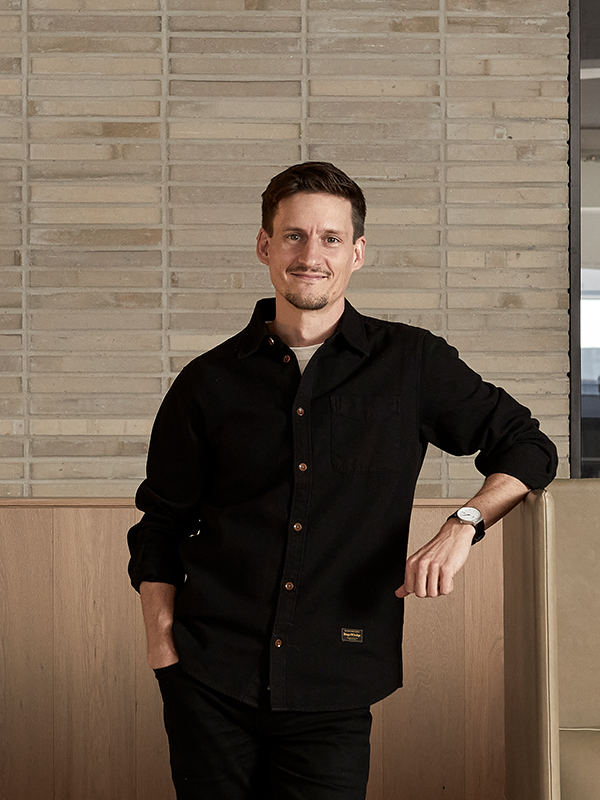
The Lifecycle model combines Living Edge’s best-in-class product portfolio with a commitment to ongoing service and maintenance, regular auditing, resources for changes and churn, and even an RFID technology enabled circular asset management solution.
Lifecycle offers an inherent product stewardship commitment – when the customer no longer needs an asset, they can simply return it to Living Edge. The benefits of the Lifecycle model go beyond sustainability. A leasing model offers operational flexibility that a traditional procurement cannot, enabling Lifecycle customers to respond to changing conditions with greater pace and agility. By building in allowances for change at the start of the lease, changes can be made to the furniture package within the service plan. If a furniture setting isn’t working, a space is underutilised, or a new team enters a space with new requirements, the product solution can be modified or replaced to maximise value. Lifecycle also leverages the financial benefits of a lease model, including the opportunity to spread the up-front capital cost over the lease term, and the accelerated tax deductions available through a lease model compared to the deductions allowable for depreciating owned furniture assets.
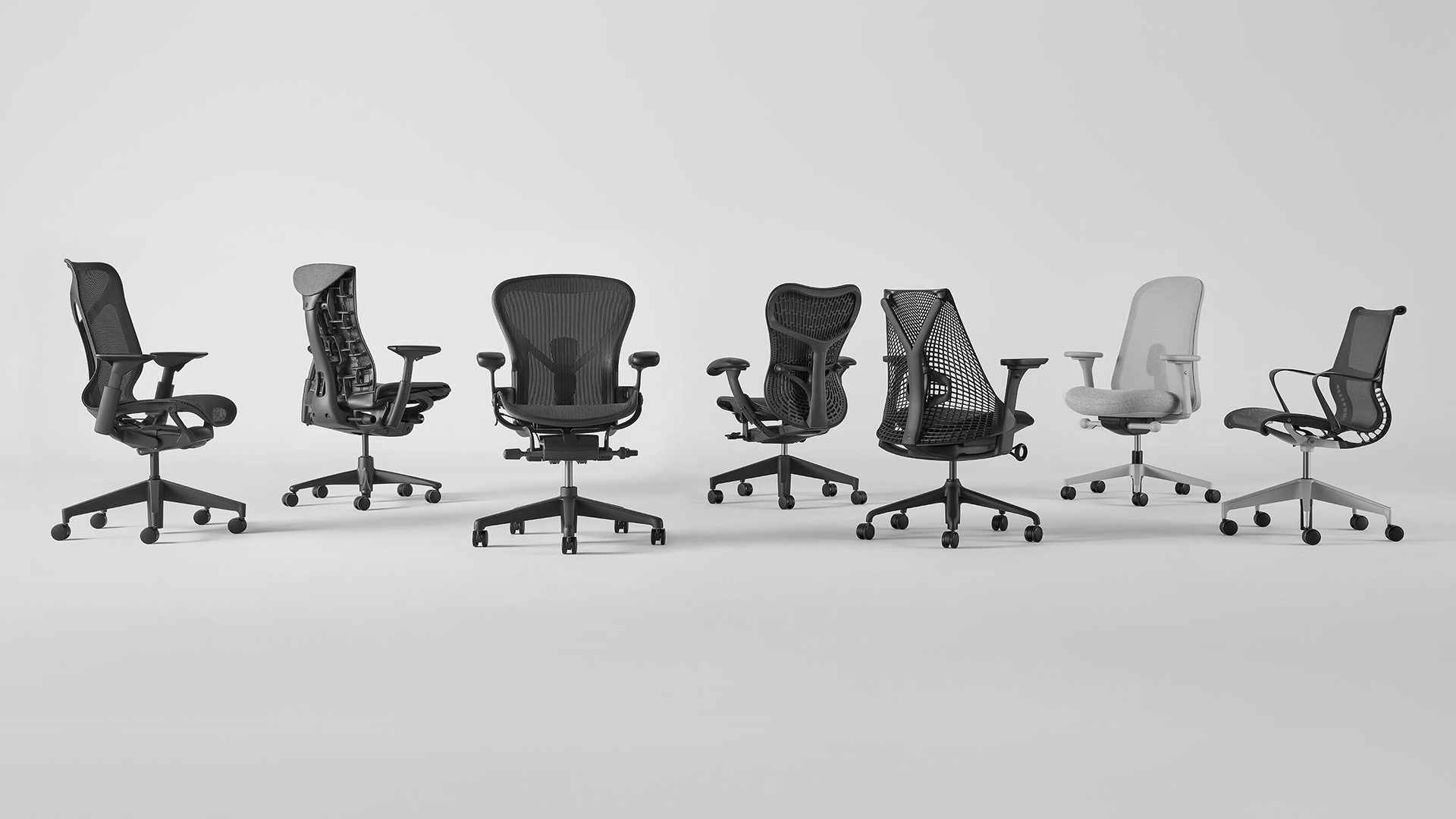
Herman Miller performance chairs are supplied with a 12 year, 3 shift unconditional warranty – that’s over 100,000 hours of potential warrantied use. Compare that to the average commercial lease term in Australia of 5-7 years – that’s 14,560 working hours over 7 years – and it becomes clear that there is a huge disparity between the potential life of the chair and its actual use. Herein lies one of the core benefits of a subscription model – by guaranteeing the recovery of the product at the end of each lifecycle, Living Edge can ensure the product is serviced and returned to the existing user, or supplied to a new user, for the maximum possible lifespan. And by keeping products and materials in circulation for the maximum possible time, we can begin to achieve one of the key goals of the circular economy – decoupling growth from the extraction of natural resources.
Considering the sustainability benefits, the operational benefits, and the economic benefits, surely it is time to ask – why are we buying furniture, not leasing it?

